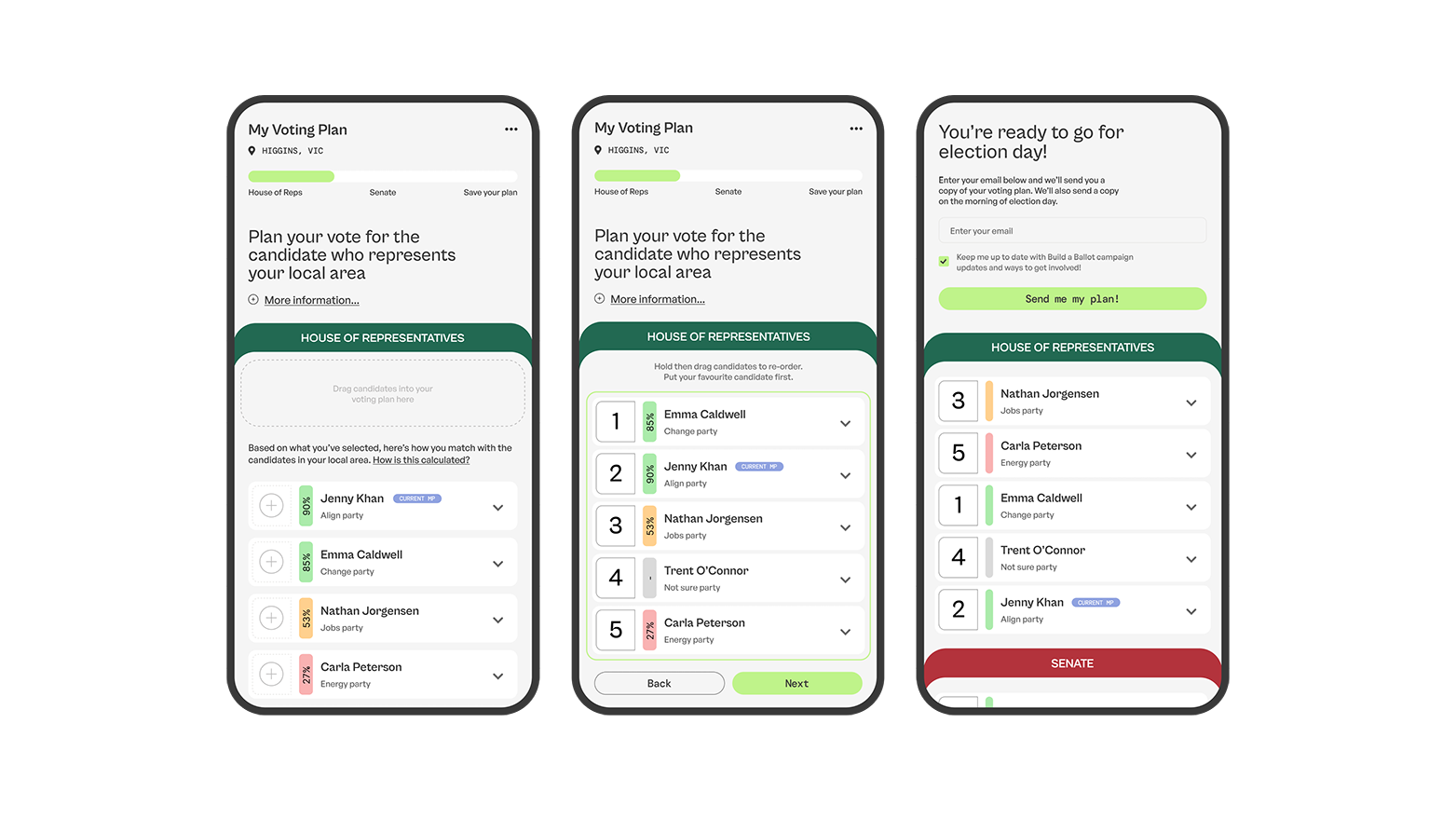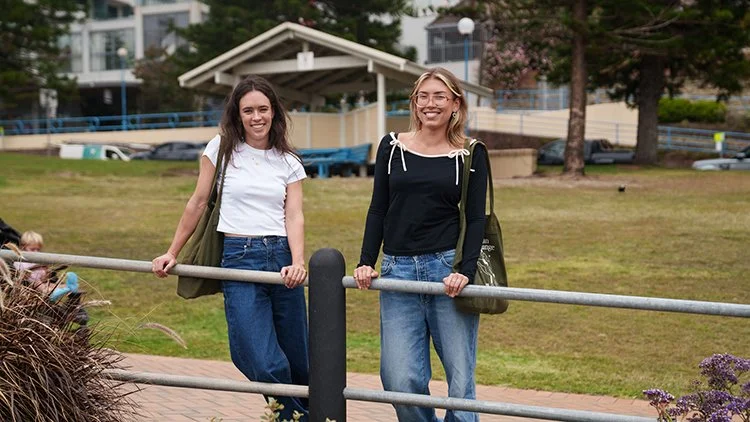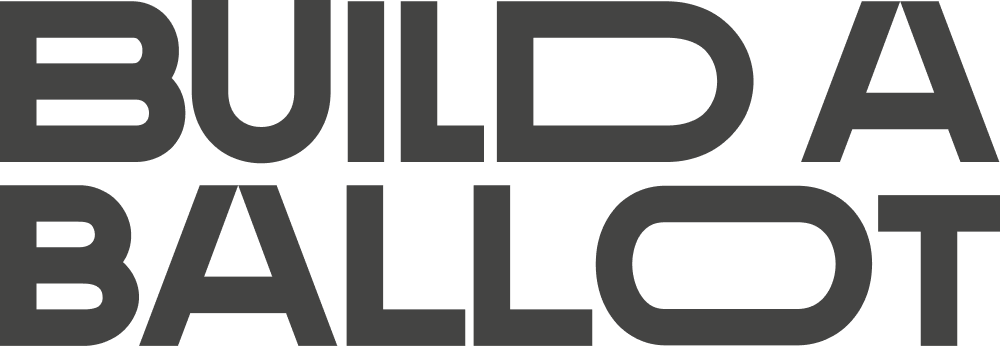Inside Build a Ballot’s success
Earlier this year, a clever new tool caught our attention.
Build a Ballot launched just three weeks before the federal election and helped nearly 600,000 Australians cast a vote that reflected their values. It reached users in every electorate, racked up 4.5 million views on social media and did it all with almost no paid spend.
We were dying to know how they pulled it off, so we asked co-founder Lizzie Hedding what made Build a Ballot hotter than a democracy sausage, and what marketers in finance can borrow from its playbook.
Start with a moment, not a message
”Even if you say you're not political, walking into a polling booth without a plan is a fundamentally disempowering feeling,” Lizzie says. “People want to do the right thing. But most of them don't know where to start.”
That’s a familiar challenge for finance marketers, and it’s where Build a Ballot began.
Their insight was simple but powerful: voter disengagement isn’t about apathy, it’s about overwhelm.
Lizzie and her co-founder Tegan Lerm knew that to drive action, they had to create clarity. “We saw this little nugget of guilt, which is a very potent emotion. And we wondered; how do you pull that to the surface and embed that, in all ways, into the user experience?”
Their solution helped voters match their values to candidates, then generated a personalised ballot in the correct order. No friction or mental gymnastics required.
It’s a design lesson many financial brands could learn. Don’t just inform, but empower, and deliver tools that close the gap between intention and action.
If it’s not useful, it’s not shareable
Build a Ballot resonated with younger Australians because it delivered a real, tangible benefit that helped them feel prepared, confident, and maybe even a little bit proud of themselves.
That’s the bar.
“Most of the time, we weren’t marketing, we were building,” says Lizzie. “The tool was the foundation. Everything else came from that.”
The golden rule of behaviour change is to make the right thing the easy thing. Then make it delightful.
The Build a Ballot app.
Get cozy with your audience
Lizzie is first and foremost a designer. When she’s not transforming the way Australians vote, she runs Tilt Studio. And that shows up in every facet of the Build a Ballot experience.
Before building anything, the team ran brand workshops to understand who they were trying to reach and why they’d care. They mapped their audiences by influence and intent, and designed strategies to find people where they were.
They also approached people in their co-working space. “My co-founder Tegan and I would sit on the beanbags in one of the open areas, harassing people as they walked through, by asking them questions like, when you vote, do you ever do any research? Why? Why not?” Lizzie says.
When it came to testing, they were scrappy again. “We didn’t have a big budget for usability testing. I just got a few friends to use the previous version while I watched them, saw them do some weird things, and fixed it.”
Lizzie and Tegan also had an advantage. They were building for people like themselves. They knew where younger Australians go to connect, and how they engage with brands because they were part of the cohort they were designing for.
Finance marketers are often designing for a range of cohorts. But you do have bigger budgets and a chance to listen. Even with a fixed deadline and no budget, Build A Ballot made sure they knew who they were designing for, how to reach them and stress-tested their solution before it reached the market.
Be radically transparent
Lizzie and Tegan are also co-founders of charity Project Planet, the organisation behind Build a Ballot, and their first voting tool, developed in 2022, focused on climate action.
Heading into the 2025 election, they shifted to a solving bigger problem to influence a bigger audience: alignment with all voter values, not just climate. Build a Ballot was born.
Climate action remains their first priority, but they see the opportunity in empowering the broader voting public at scale. “I’d much rather someone vote in a way that I don’t personally agree with, but they’ve made an informed choice.” Lizzie says.
Importantly, Build a Ballot was transparent about its goals, its sources, and its recommendations. “All the quiet parts were said out loud,” says Lizzie. “So it was clear that we weren’t trying to trick anyone.”
That trust, combined with a slick user experience and a clear outcome, turned reluctant voters into advocates. Not just for Build a Ballot, but for informed voting.
For finance brands, the lesson is this: clarity beats neutrality. Say what you stand for. Say it simply, and say it consistently. Make your sources and proof points easy to find. You’re not for everyone, but the right people will stick.
Founders Lizzie Hedding and Tegan Lerm.
Your best media spend could be wine with friends
Lizzie and Tegan helped Build a Ballot reach over half a million users by being… friendly.
“For the past few years, we’ve been getting coffees, going to events and sharing ideas. So when we launched, we had a network of people who trusted us, and wanted to share our message.”
By identifying the people their audience listens to, and connecting through shared purpose and value, Lizzie and Tegan were able to activate some of the country’s most influential voices like Hannah Ferguson of Cheek Media, Abbie Chatfield, and collaborations with Gelato Messina and Heaps Normal.
Their goal was never reach for reach’s sake. It was momentum delivered through small actions, in the right circles, at the right time.
For finance marketers, similar opportunities exist to invest in genuine connections. The relationships you build now, over coffees and catch-ups, can become your biggest amplifiers later.
Brand is the long game, but influence is one-on-one
While many campaigns get stuck in the middle, chasing mid-sized audiences and building lukewarm awareness, Build a Ballot went both big and small.
Big, by creating a distinctive, trustworthy, sticky brand that people remembered and
Small, by personally pitching their tool to key voices in culture, media and community.
The team zeroed in on people they dubbed “designated political informers” — the person in every group chat who actually does the research and shares it with the rest of us. Winning them over meant winning over everyone around them.
Lizzie has seen this first-hand.
“During the referendum, the only people I influenced were friends from athletics training. They didn’t really understand it. And just having a conversation with someone that they trusted meant that that was I was persuasive to them in the way that an ad or someone more external wouldn’t have been. You don’t need to reach everyone,” she says. “You just need to reach the people they listen to.”
In finance, those people exist too. They’re the friend who tells you about their super switch, the colleague who found a better home loan and the sibling who swears by their budgeting app. Reach them, and the rest will follow.
What’s next?
Build a Ballot was always part of a bigger plan in support of Project Planet’s mission: to meet people where they are and offer simple, digital tools that move them toward more impactful climate action.
Their next step is scale, the kind that builds on what already worked. They also plan to be ready to turn feelings into action in moments of mass attention, like during natural disasters, when people are paying closer attention to climate issues and looking for ways to respond.
They’re building a long-term media and community platform too. Think tools, content and campaigns that increase literacy, confidence, and engagement, especially among Australians who care about climate but aren’t yet active in the movement.
And they’re still running Tilt on the side, using commercial projects to sharpen their skills and fund the mission. As Lizzie puts it: “So much of what we did in Build a Ballot I learned through client work. We don’t want to stop doing that, because it helps us to always be learning.”
The takeaway?
What stood out most from our conversation with Lizzie was her pragmatic optimism. She didn’t have time for perfection. She had a deadline, a prototype and the guts to test ideas on whoever walked past.
She credits the success of Build a Ballot to the clarity of the vision, the UX that made participation frictionless, and their network of allies who helped amplify their message.
“If we had waited until it was perfect, it wouldn’t have launched,” she says. “But because we launched it, people used it. And because people used it, they shared it.”



